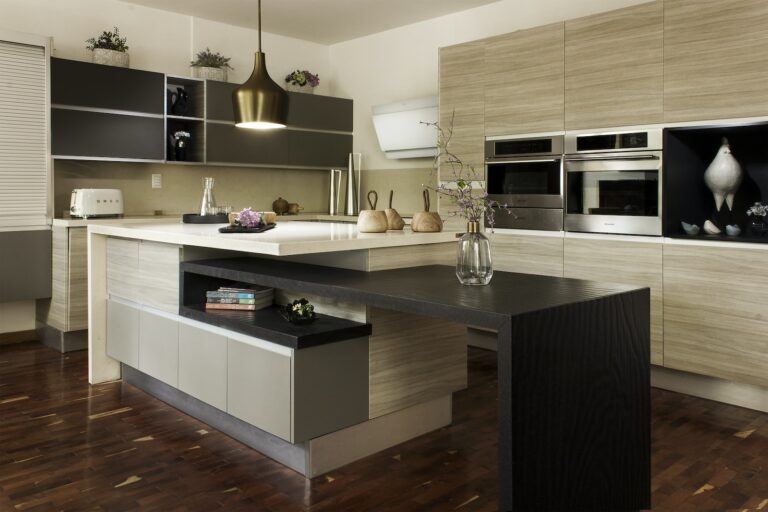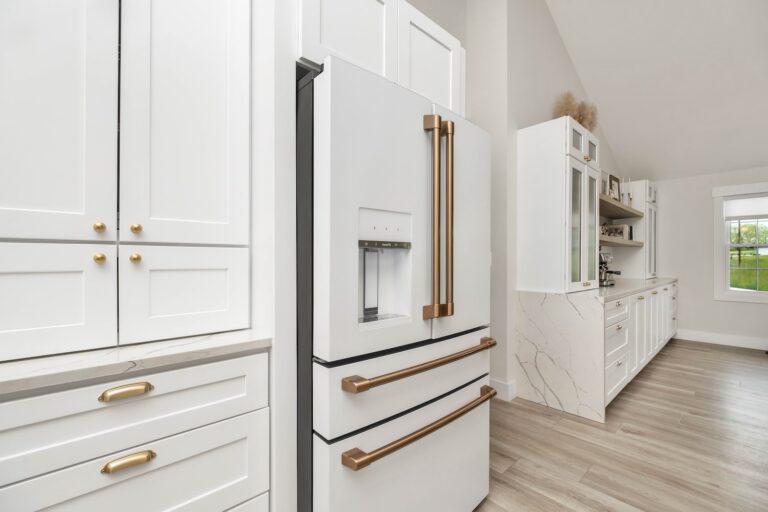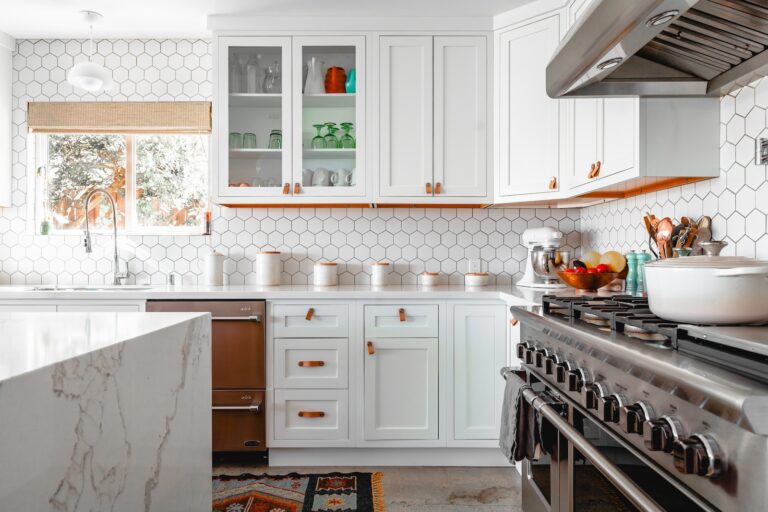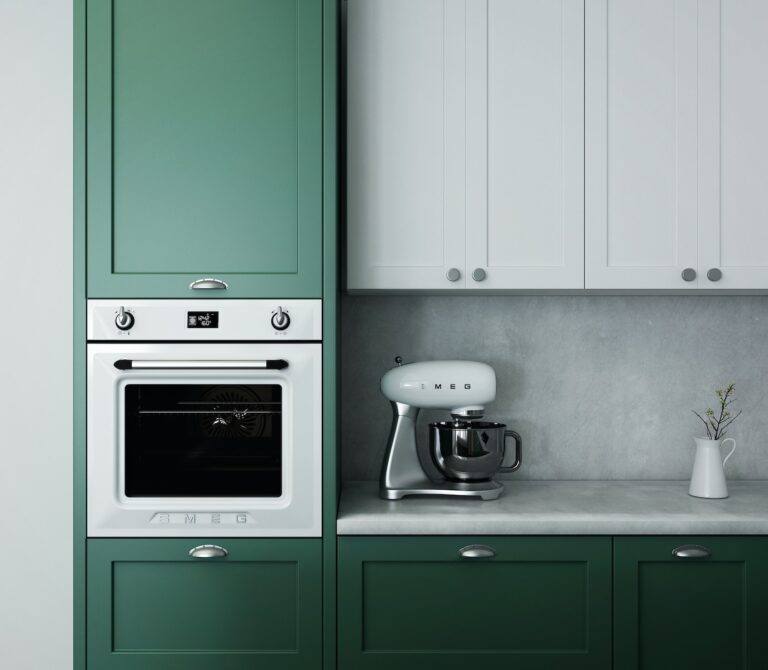How To Paint Your Kitchen Cabinets Yourself?
Are your kitchen cabinets looking dull and outdated? Want to give them a fresh new look without breaking the bank? You’re in luck because painting your kitchen cabinets can be a fun and affordable DIY project! In this guide, we’ll walk you through the step-by-step process of how to paint your kitchen cabinets yourself, so you can transform your kitchen into the space of your dreams. So, grab your paintbrush and let’s get started!
- Clean the cabinets thoroughly using a TSP solution and let them dry.
- Sand the cabinet surfaces with 220-grit sandpaper to remove any gloss or sheen.
- Apply a coat of primer using a brush or roller, and let it dry completely.
- Lightly sand the primer with 320-grit sandpaper and apply a second coat.
- After the second coat dries, sand it again with 320-grit sandpaper and apply the topcoat.
- Let the topcoat dry completely and then reattach the hardware and doors.
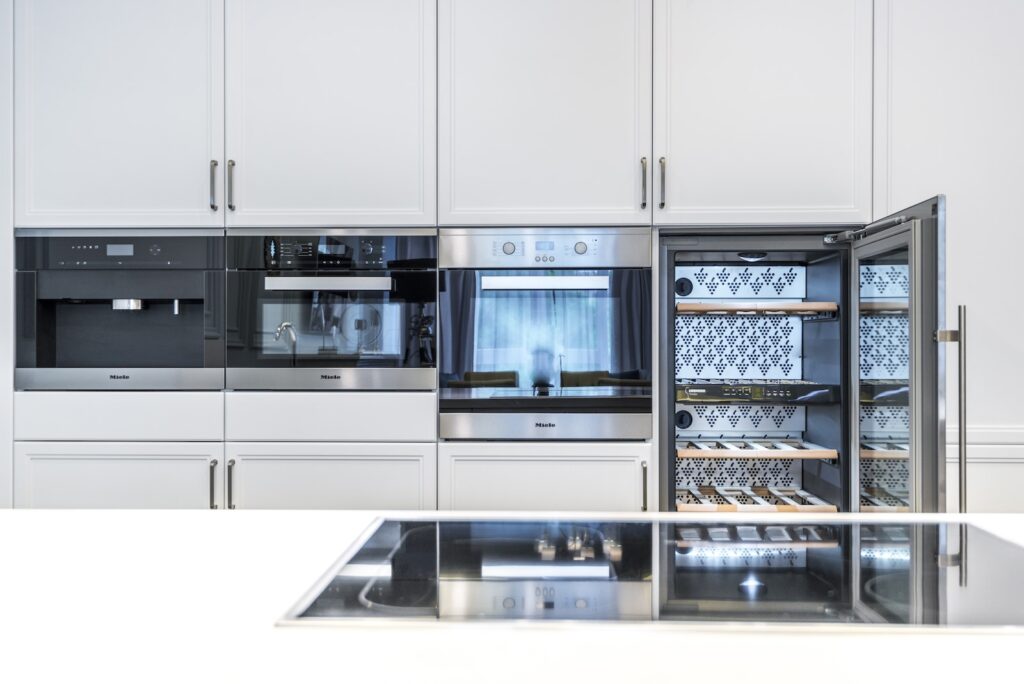
How to Paint Your Kitchen Cabinets Yourself?
Painting your kitchen cabinets can be a great way to update and refresh the look of your kitchen without spending a lot of money. The process of painting your kitchen cabinets can seem overwhelming, but with a little preparation, patience, and attention to detail, you can achieve professional-looking results. In this article, we will provide you with step-by-step instructions on how to paint your kitchen cabinets yourself.
1. Preparation
Before you start painting your kitchen cabinets, you need to prepare the surfaces. Remove all the cabinet doors, drawers, and hardware. Clean the cabinets thoroughly with a degreaser to remove any dirt, grease, or grime. Sand the surfaces lightly with a fine-grit sandpaper to roughen the surface and allow the paint to adhere better. Fill any holes or gaps with wood filler and then sand them smooth. Finally, wipe the surfaces with a damp cloth to remove any dust or debris.
Benefits of Preparation:
– Prep work ensures a smooth and professional finish
– Removing the cabinet doors makes it easier to paint the frames and edges
– Cleaning the cabinets ensures the paint adheres well to the surface
– Sanding the surface roughens the surface and helps the paint stick better
– Filling any holes or gaps ensures a smooth and even finish
VS:
Skipping preparation work can lead to a poor finish, uneven paint, and peeling or chipping over time.
2. Prime the Cabinets
Priming the cabinets is essential to ensure the paint adheres well and lasts longer. Apply a coat of primer to all the surfaces, using a brush or roller. Let the primer dry completely, following the manufacturer’s instructions.
Benefits of Priming:
– Primer helps the paint adhere to the surface
– Primer seals the surface and prevents stains and bleed-through
– Primer ensures a smooth and even finish
– Primer helps the paint last longer and resist chipping and peeling
VS:
Skipping primer can lead to uneven paint, peeling or chipping over time, and the need to repaint sooner.
3. Paint the Cabinets
Once the primer is dry, it’s time to paint the cabinets. Use a brush or roller to apply a thin coat of paint to all the surfaces, following the grain of the wood. Let the paint dry completely, following the manufacturer’s instructions. Apply a second coat if necessary, and let it dry completely as well.
Benefits of Painting:
– Painting updates the look of your kitchen cabinets
– Painting can be done in any color or finish you want
– Painting can be a cost-effective way to refresh your kitchen without replacing the cabinets
VS:
Not painting the cabinets can lead to a dated or worn look that detracts from the overall appearance of your kitchen.
4. Reinstall the Cabinets
Once the paint is dry, it’s time to reinstall the cabinets. Attach the hardware to the doors and drawers, and then attach them to the frames. Make any necessary adjustments to ensure the doors and drawers open and close smoothly.
Benefits of Reinstalling:
– Reinstalling the cabinets completes the look of your kitchen
– Reinstalling the cabinets ensures the doors and drawers work properly
– Reinstalling the hardware adds a finishing touch to your cabinets
VS:
Not reinstalling the cabinets can lead to a cluttered and unfinished look in your kitchen.
5. Clean Up
Once you’ve finished painting and reinstalling the cabinets, it’s time to clean up. Dispose of any paint cans, brushes, or rollers properly. Clean your workspace thoroughly to avoid any accidental spills or stains.
Benefits of Cleaning Up:
– Cleaning up ensures a safe and hazard-free workspace
– Cleaning up prevents any accidental spills or stains
– Cleaning up leaves your kitchen looking clean and tidy
VS:
Not cleaning up can lead to accidents, spills, and stains, and can make your kitchen look messy and cluttered.
6. Maintenance
Maintaining your painted kitchen cabinets is essential to ensure they last longer and look great. Avoid using harsh chemicals or abrasive cleaners that can damage the paint. Wipe the cabinets regularly with a damp cloth to remove any dirt or grime. If you notice any chips or scratches, touch them up with a small brush and some paint.
Benefits of Maintenance:
– Maintenance can help your painted cabinets last longer
– Maintenance can keep your kitchen looking clean and tidy
– Touching up any chips or scratches ensures a professional and polished finish
VS:
Not maintaining your painted cabinets can lead to damage, wear, and a shabby appearance over time.
7. Tips and Tricks
– Use a high-quality paintbrush or roller for a smooth and even finish
– Use long, even strokes to apply the paint
– Work in a well-ventilated area to avoid fumes and odors
– Use a paint sprayer for a professional-looking finish
– Use a drop cloth to protect your floors and countertops
Benefits of Tips and Tricks:
– Using the right tools and techniques ensures a professional-looking finish
– Working in a well-ventilated area ensures safety and comfort
– Using a drop cloth protects your floors and countertops from damage or stains
VS:
Not using the right tools or techniques can lead to a poor finish, uneven paint, and damage to your floors or countertops.
8. Cost Comparison
Painting your kitchen cabinets yourself can be a cost-effective way to update your kitchen without spending a lot of money. On average, the cost of painting your kitchen cabinets ranges from $300 to $1,000, depending on the size of your kitchen and the quality of the paint.
Benefits of Cost Comparison:
– Painting your cabinets yourself can save you money compared to hiring a professional
– The cost of painting your cabinets is generally lower than replacing them
– The cost of painting your cabinets can vary depending on your budget and needs
VS:
Not painting your cabinets can lead to more expensive options like replacing them or hiring a professional to do the work.
9. Conclusion
Painting your kitchen cabinets yourself can be a rewarding and cost-effective way to update your kitchen. With the right tools, techniques, and attention to detail, you can achieve professional-looking results. Remember to prepare the surfaces, prime the cabinets, paint them carefully, and maintain them regularly to keep them looking great for years to come.
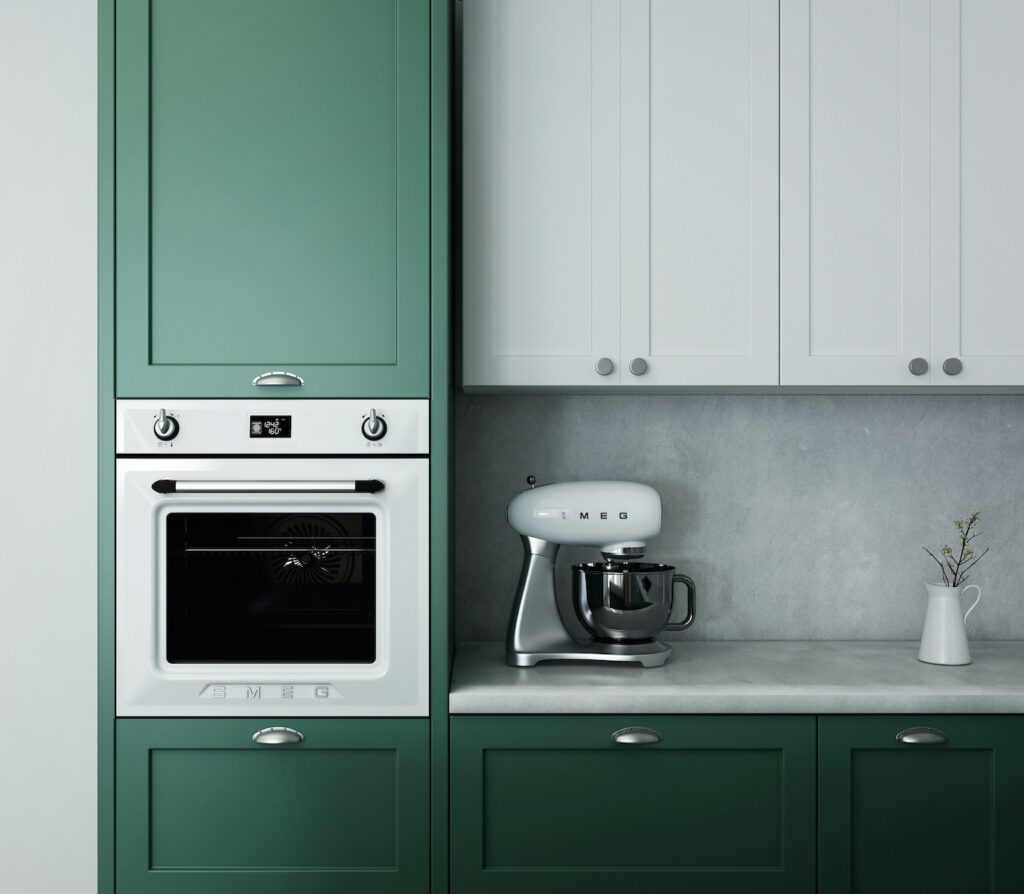
Frequently Asked Questions
What materials do I need to paint my kitchen cabinets?
To paint your kitchen cabinets yourself, you will need a few materials such as sandpaper, primer, paint, a paintbrush or roller, a screwdriver, and cleaning supplies. Before you begin painting, it is essential to ensure that you have all the necessary materials to complete the job. You may also want to invest in painting tape to protect other surfaces in your kitchen.
How do I prepare my cabinets for painting?
Before painting your kitchen cabinets, you need to prepare them properly. First, remove all the cabinets’ doors and hardware with a screwdriver and clean them with soap and water. Then, sand the cabinets lightly to remove any rough or uneven surfaces. Next, apply a coat of primer to ensure that the paint adheres properly to the cabinets. Allow the primer to dry completely before painting.
What is the best paint to use for kitchen cabinets?
When painting your kitchen cabinets, it is important to choose a durable and high-quality paint that can withstand daily wear and tear. Acrylic latex paint is an excellent choice for kitchen cabinets as it is durable, easy to clean, and resistant to moisture and mildew. You can choose a color that complements your kitchen décor and style.
Should I use a brush or a roller to paint my cabinets?
When painting kitchen cabinets, it is recommended to use a combination of both a brush and a roller. Use a brush to paint the edges and corners of the cabinets and a roller to apply the paint to the flat surfaces. This will ensure that you achieve an even and smooth finish.
How long does it take to paint kitchen cabinets?
Painting kitchen cabinets can be a time-consuming process, but it is worth the effort to transform the look of your kitchen. The time it takes to paint your cabinets will depend on the size of your kitchen, the number of cabinets you have, and the complexity of the project. On average, it can take between 3-5 days to paint kitchen cabinets yourself.
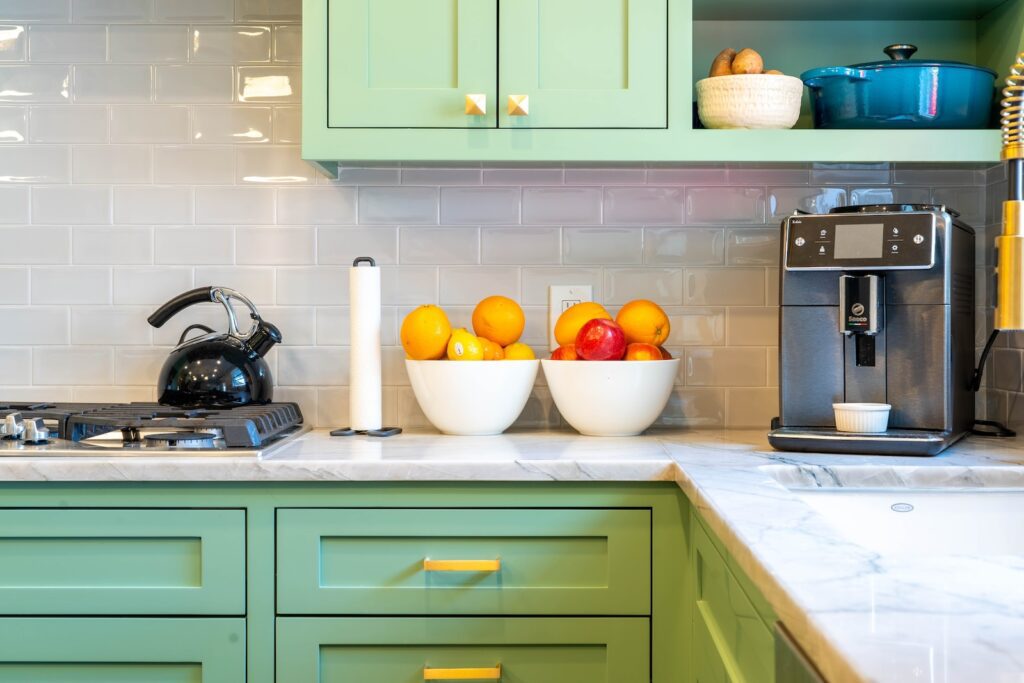
Painting your kitchen cabinets can be a fun and rewarding DIY project. With the right tools, materials, and techniques, you can transform your outdated cabinets into a modern and stylish focal point.
First, make sure to properly prepare your cabinets by removing all hardware, cleaning thoroughly, and sanding to create a smooth surface. Next, choose the right type of paint and primer for your cabinets and apply multiple thin coats for the best results. Finally, don’t forget to reattach your hardware and enjoy your newly painted cabinets!
While painting your kitchen cabinets may require some time and effort, the end result will be worth it. Not only will it give your kitchen a fresh new look, but it can also add value to your home. So why not give it a try and see the difference it can make for yourself?

